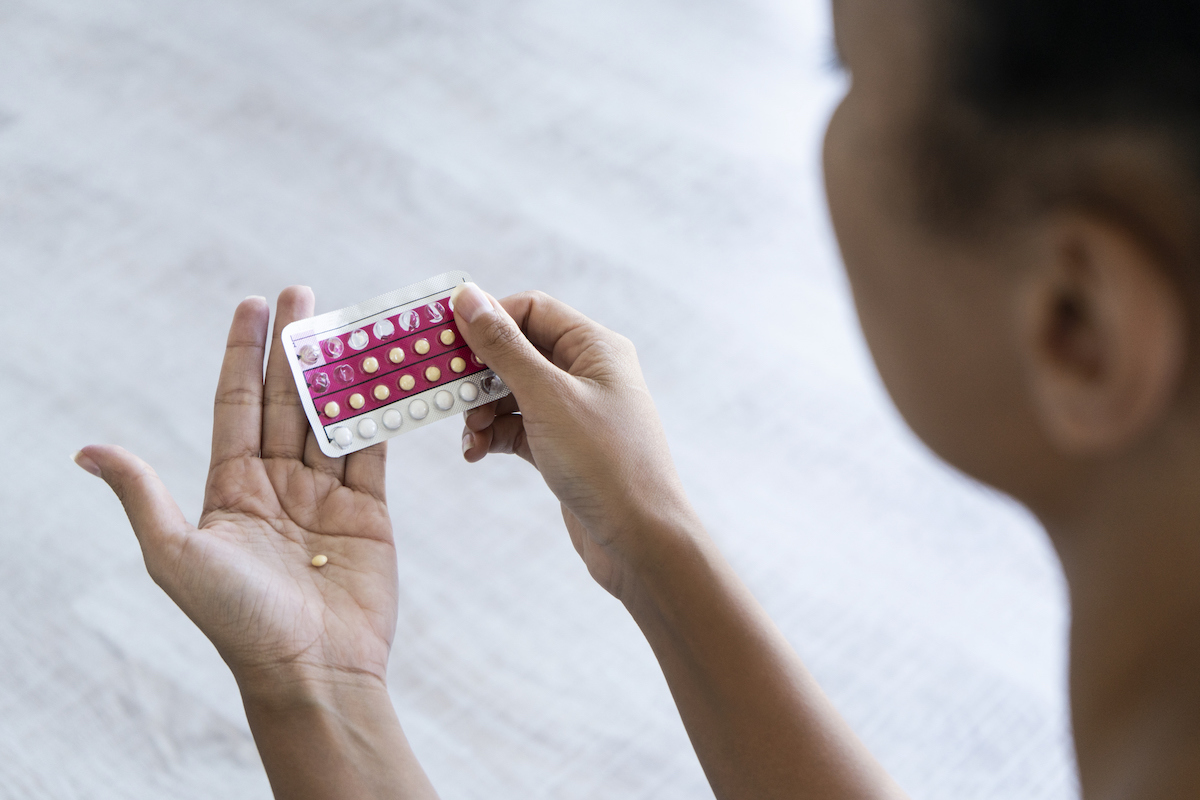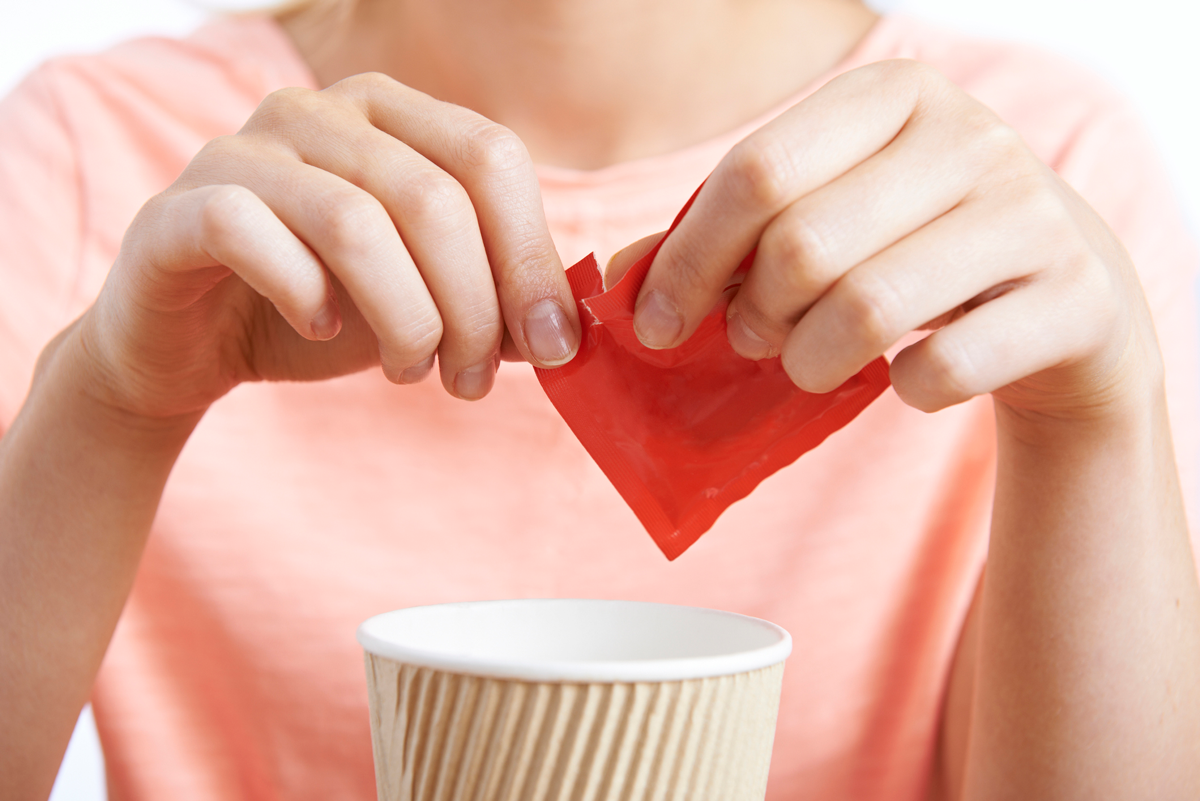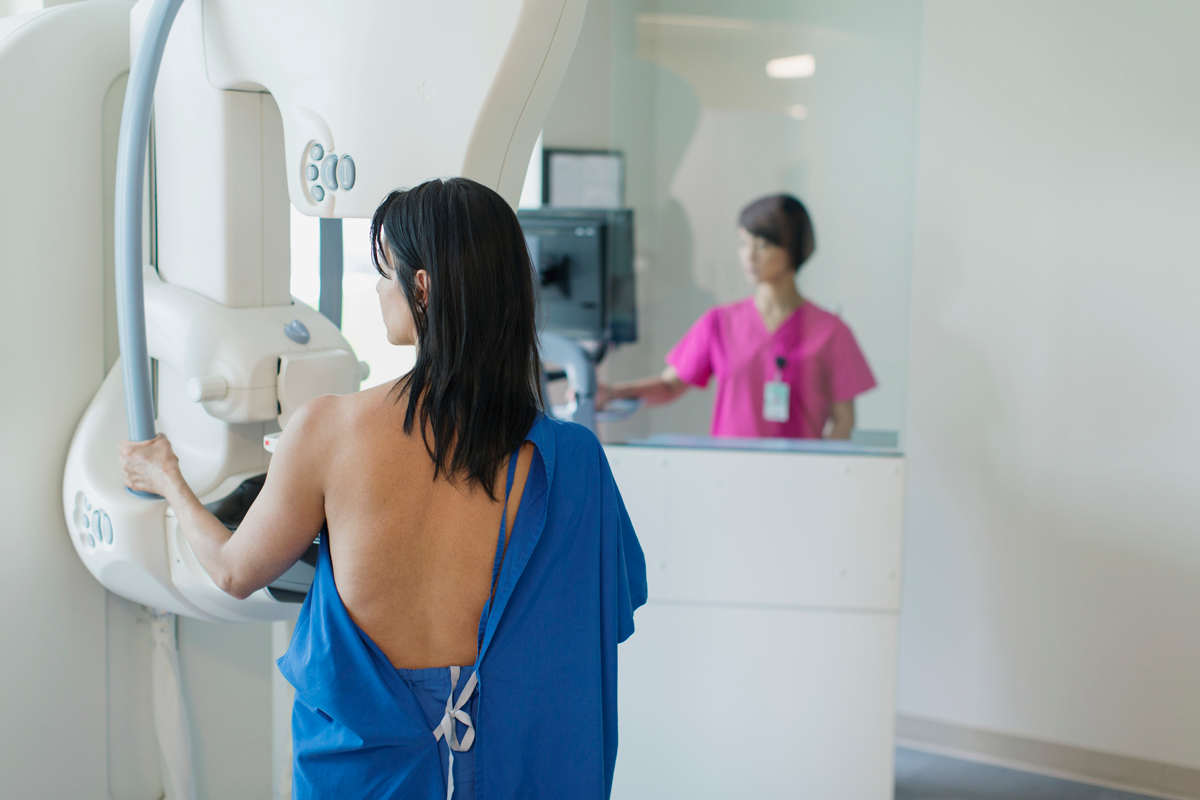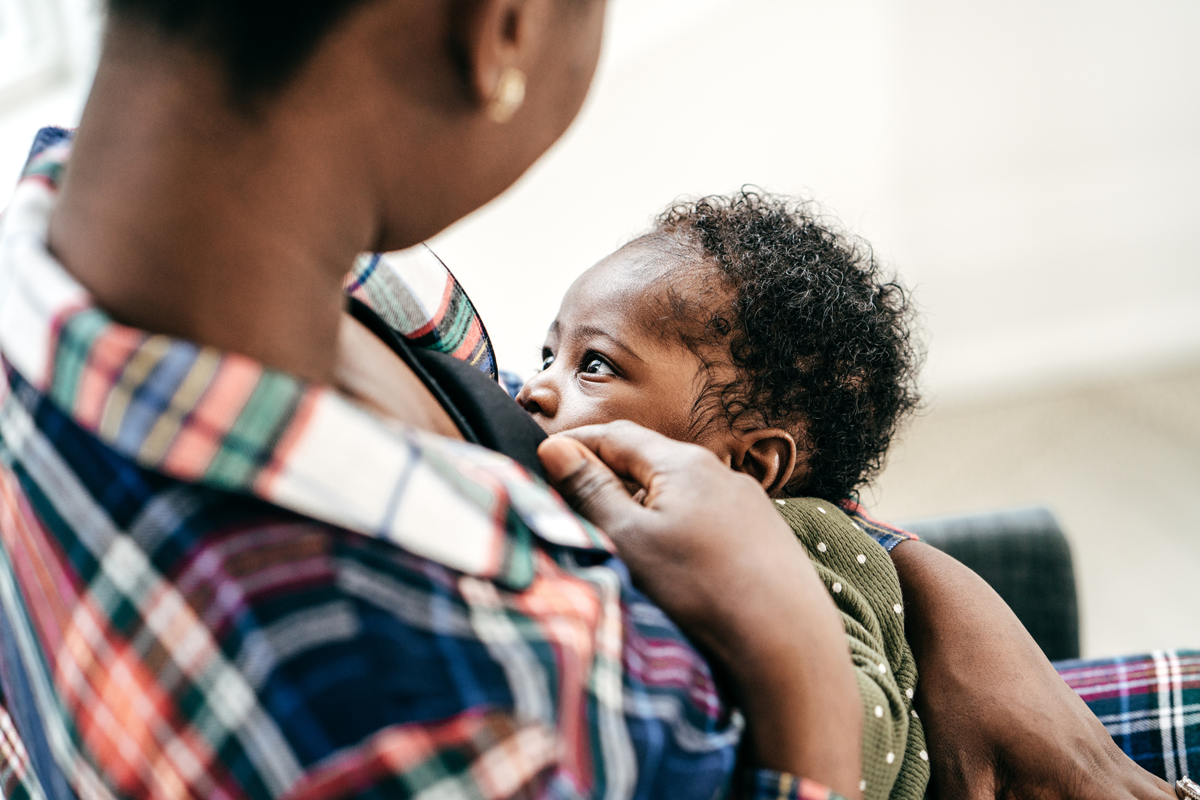A scare paper from last week was on a possible link between chemical hair straighteners and uterine cancer. Let’s unpack it.
The paper is here. It uses data from a prospective cohort study called the Sister Study. The researchers observe a sample of nearly 34,000 women over an average of 10.9 years of follow-up. Over that period, they track changes in health, including, in this case, occurrence of uterine cancer. Sadly, they observed 378 cases of uterine cancer during the follow-up period.
This particular paper used the data to look at links between the use of various beauty products, in particular hair products, and uterine cancer. The authors find that uterine cancer rates are elevated in women who reported using hair straightening products. They are not elevated in women who report using a variety of other products, including hair dyes or perms.
There are some subtleties in their results. For example: they find that the link is much stronger for people with low physical activity. They also find it is much stronger for white women than Black, although these products are predominantly used in the data by Black women. The results come with a lot of statistical noise, so it is hard to know what to make of that.
I realize I am often a broken record on this type of paper, but: it has many of the same issues that any observational paper does. Table 1 in the supplementary appendix (often where the good stuff lies!) shows characteristics of the individuals who do and do not use the hair straightener products. I replicated some of the key differences in the shorter table below.
There are big differences across groups. Perhaps the most key issue here is the differences in BMI and physical activity. Obesity is closely linked to uterine cancer; the CDC lists age and obesity as the top two risk factors. In this case, the group of people who use these particular products is much more likely to be obese and to have lower rates of physical activity. More generally: the wide range of differences across groups makes clear that these are extremely different people.
The authors control for BMI in their regressions, but this is an imperfect and incomplete control. With such large differences in variables you can observe, it’s crucial to worry about characteristics you can’t observe.
My sense is that the authors do about as much as they can with the data they have. One thing I would have liked to see is more information on the baseline differences across other hair care. This is a bit subtle, but: in their data they do not see a link between (for example) hair dye and uterine cancer. It would be helpful to see the characteristic differences between women who use hair dye and those who do not (like the table above). If there are also big differences there, it would suggest that maybe those differences are not what is driving the straightener results. If, instead, we see the hair dye groups are more comparable, it makes me more concerned that demographic differences are driving the straightener results.
Is it possible there is a link between the use of these products and uterine cancer? It is hard to rule that either out or in based on these data. However: what I will say is that in absolute terms, the elevated risk is very small. The yearly risk of uterine cancer in these data is about 1 in 1,000. Their estimates suggest that the use of these hair products would raise this to 1.8 in 1,000. And, again, it is likely an overestimate.
Community Guidelines















